Two extensive lakeshore properties featuring mid-century cabins designed by Close Associates have recently come up for sale in Northern Minnesota. Both properties have large acreage and private lakeshore; and have been in the same families for decades.
The Whitefish Chain Estate is located near Pine River, MN and includes more than 100 acres of forest, and 2000 feet of shoreline on Lower Whitefish Lake. The 1956 cabin designed by Close Associates is about 1500 square feet and features floor-to-ceiling windows, a wood-burning fireplace, a screened-in porch and wraparound deck overlooking the lake.
Article: Lake estate kept in the same family for over 100 years listed for $3.5M
See the Listing Here
Designed over a 2-decade period, the property that Lisl Close named 'Thunderhead' was completed between 1957 and 1959. Situated on a peninsula on the North shore of Lake Vermillion, the secluded property is only accessible by boat. It includes a boathouse/ workshop and a 2400 square foot, L-shaped cabin which features original fixtures, finishes and color palette. Multiple Conversation Areas unite the cabin and outdoor spaces.
Article: Wanna Buy a Mid-Century Modern Cabin Designed by a Pioneering Architect?
See the Listing Here
Thunderhead was featured on the Docomomo US/MN Cabin Culture! tour in 2021 – fast forward to 1:04 to see the interview!

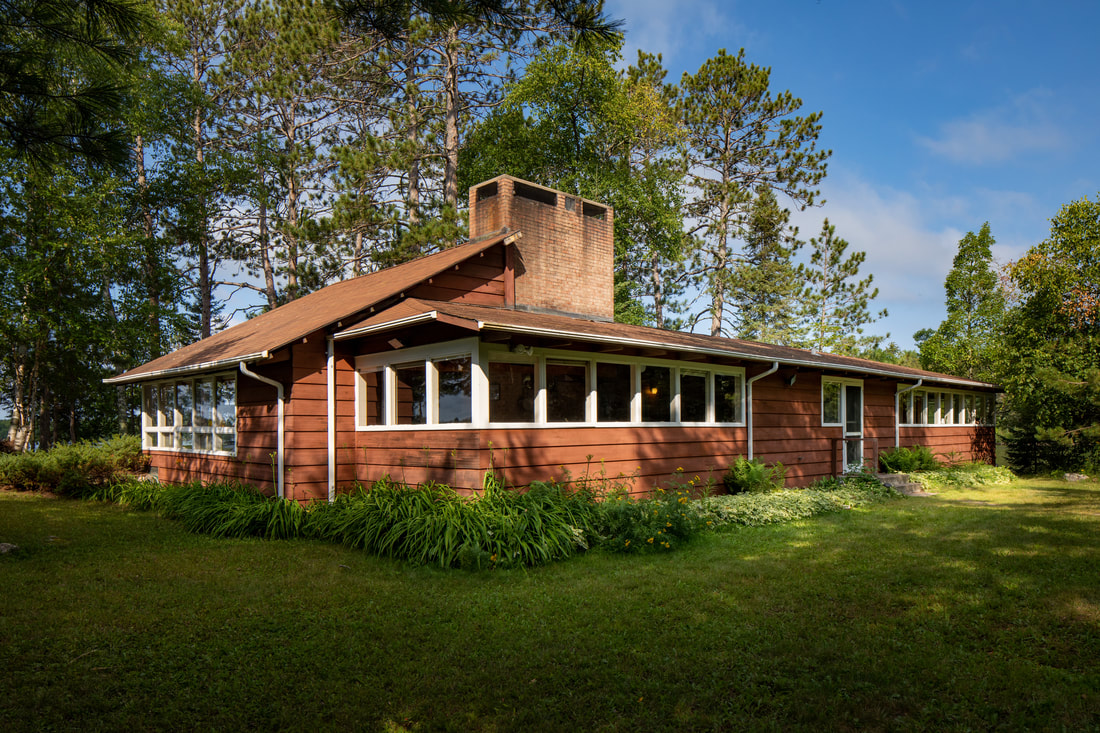

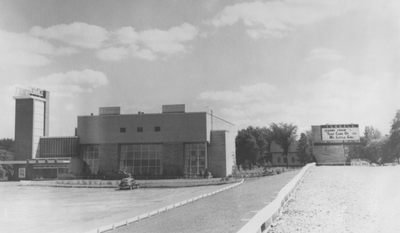
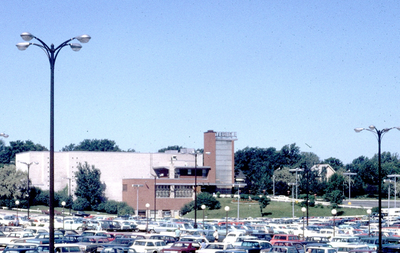
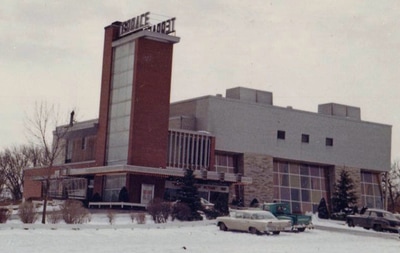
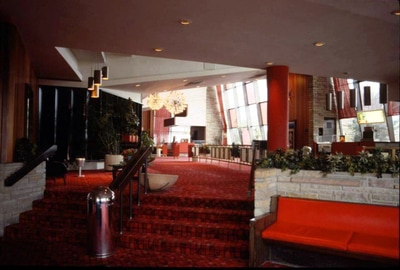
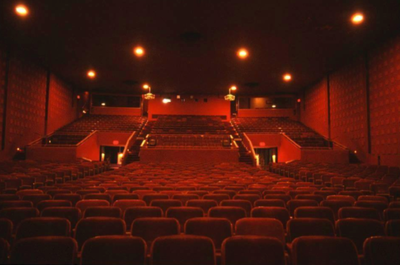
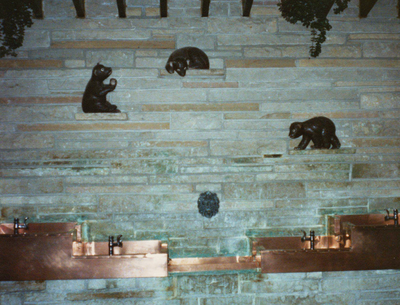
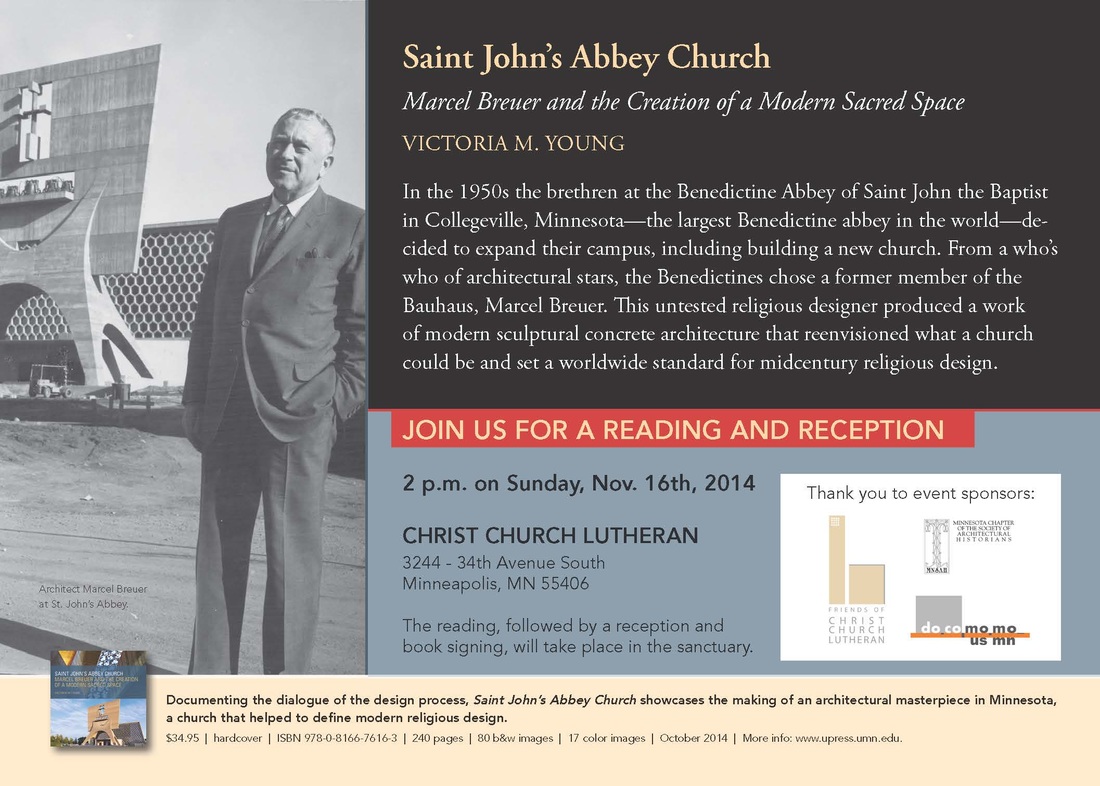
 RSS Feed
RSS Feed


